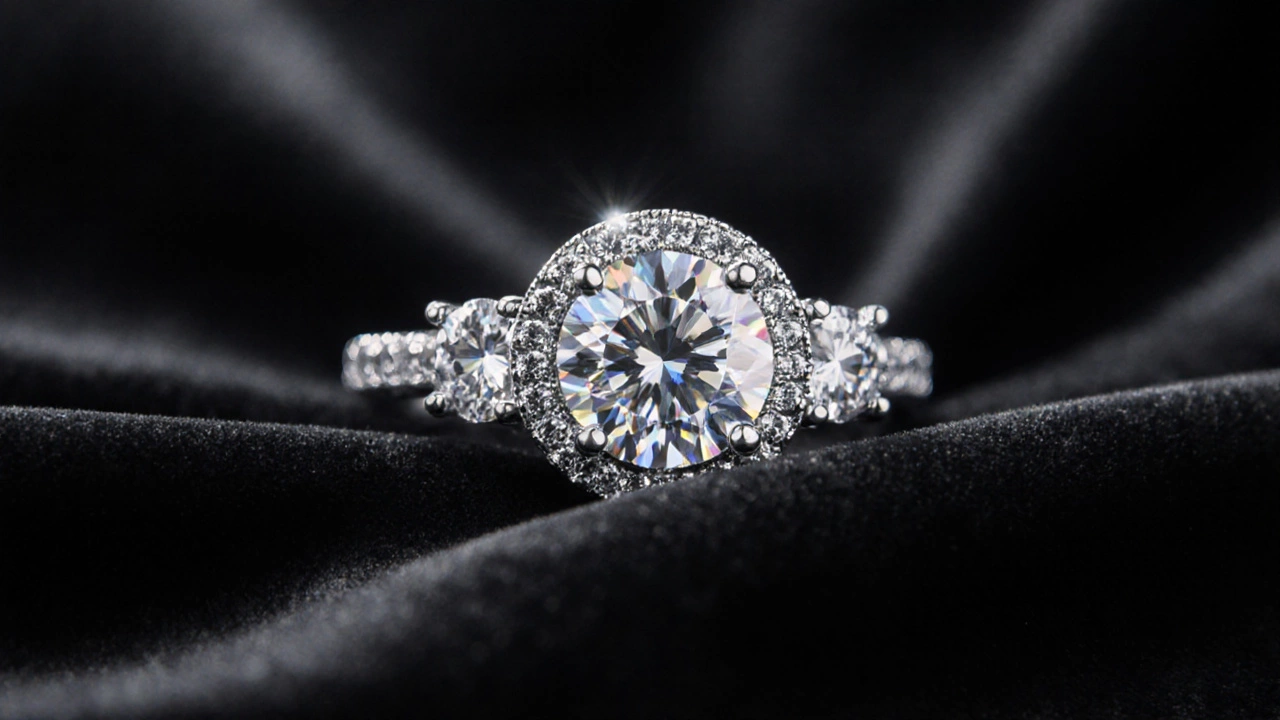Engagement Ring Budget: How to Plan Your Perfect Spend
When planning your engagement ring budget, the amount you set aside for the entire ring purchase, including stone, setting and any extra fees. Also known as ring spending plan, it helps you avoid surprise costs and stay within your financial comfort zone. A realistic budget starts by understanding the wedding ring cost, the total price tag that covers the diamond or gemstone, metal, craftsmanship and taxes. This figure is heavily influenced by the diamond carat weight, the measurement of a diamond’s size, expressed in carats, which directly affects price. You’ll also hear a lot about alternative gemstones, stones like moissanite, sapphire or ruby that can replace a diamond and often lower the overall spend. Together these three entities shape the core of any engagement ring budget. In short, the budget encompasses total cost, requires knowledge of carat weight, and is influenced by gemstone choice. Below we break down each factor, so you can decide where to allocate money and where to save.
Key Factors to Consider
First, decide how much of your overall wedding budget you’re willing to allocate to the ring. Many couples aim for 2‑3% of their total wedding spend, but that’s a guideline, not a rule. Look at the wedding ring cost breakdown: the diamond or gemstone typically takes up 40‑60% of the price, the setting 20‑30%, and taxes plus fees the remainder. If you target a 1‑carat diamond, expect it to cost anywhere from £4,000 to £8,000 depending on clarity and colour. Reducing the carat weight by 0.2 can save a few thousand pounds without a noticeable visual difference, especially if you choose a well‑cut stone. Next, explore alternative gemstones. Moissanite offers diamond‑like brilliance at a fraction of the price, while sapphires and rubies bring colour and character for even less. These options let you keep a larger carat size or upgrade to a more elaborate setting while staying under budget.
Finally, think about financing. Some retailers offer interest‑free payment plans, but read the fine print – hidden fees can creep in. A short‑term loan or a credit‑card with a 0% intro rate can spread the cost, but you’ll need a solid repayment plan to avoid interest later. Compare insurance costs too; a higher‑value ring will cost more to protect, which adds to the long‑term expense. By mapping out each component – stone size, metal choice, alternative options, and financing – you create a clear picture of what your engagement ring budget really means. Use this framework to shop confidently, negotiate wisely, and pick a ring that feels right without breaking the bank. The articles below dive deeper into each of these topics, giving you actionable tips and real‑world numbers to make the best decision.
Is $20,000 Too Much for an Engagement Ring? Cost Guide & Budget Tips
Explore whether $20,000 is excessive for an engagement ring, learn how price is driven by diamonds and metals, and get budgeting tips to make a smart choice.
View MoreDo Couples Choose Engagement Rings Together? Facts & Tips
Explore whether couples choose engagement rings together, weigh pros and cons, and get a step-by-step guide plus FAQs to help you decide the best approach.
View More
